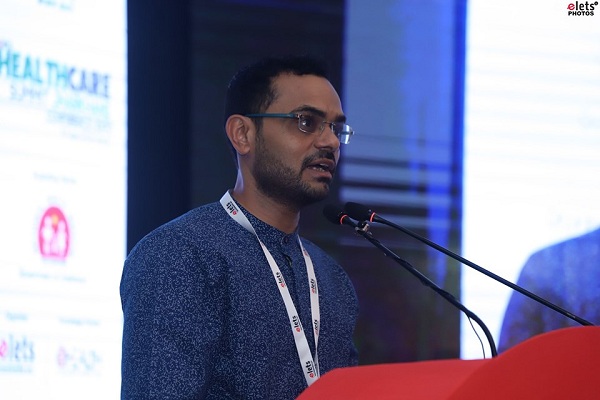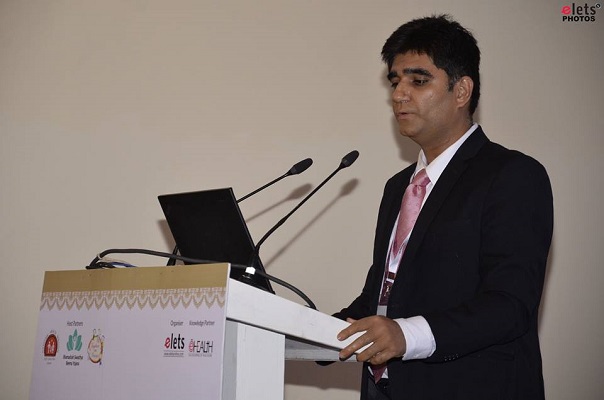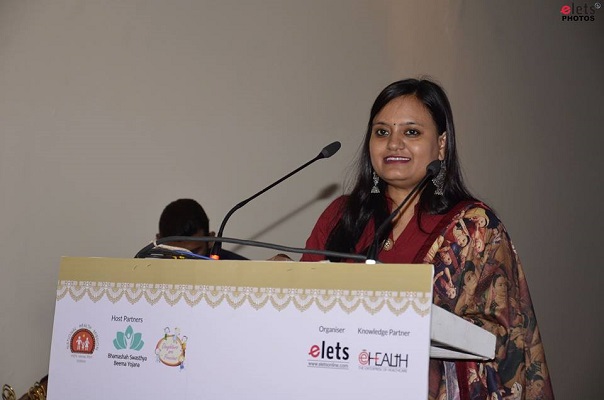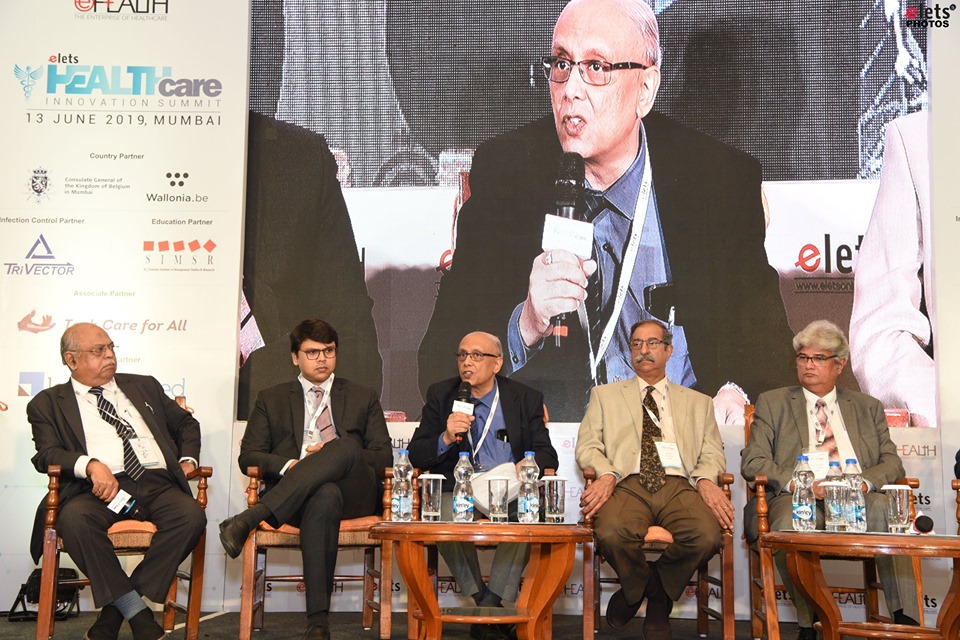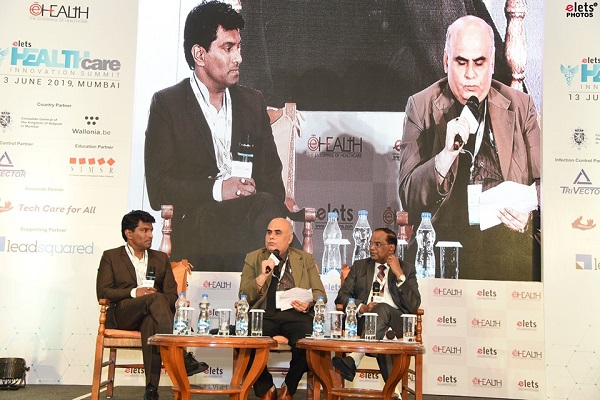
Non-communicable diseases are the chronic diseases that are slow progressive and it has witnessed an alarming rise in the country. Diseases like diabetes, strokes, cancer, chronic respiratory diseases, etc. fall under this category. The impact of NCDs extends beyond ill-health and mortality with large financial consequences.


“At a given OPD of a hospital or emergency setting, we witness a large gathering of diabetic, hypertensive and obesity cases and these rising problems are the ultimate causes for an early presentation of stroke”, said Dr. Niteen Karnik, Professor & Head, Dept of Medicine, KEM Hospitals, while delivering a speech at the Urban Healthcare Summit, Mumbai. He went on to say that if the same population is addictive to smoking or tobacco, then chances are higher for severe accelerated diseases.
When asked about how MCGM (Municipal Corporation of Greater Mumbai) is taking measures to prevent and control the increasing burden of non-communicable diseases, Dr. Karnik said, “Early detection of NCDs like diabetes and hypertension and ensuring a proper compliance to treatment can help in preventing such unceasing diseases. But not just the detection important, but we have to emphasize that these are chronic diseases which are to be controlled.”
Continuing further he said, “At the end of the day, non-communicable diseases are the ones which cannot be cured but controlled to a certain level. A certain change in lifestyle and medication may help reduce the tablet burden keeping you under supervision.”

At MCGM, Dr. Karnik said, “Firstly, our primary concern is preventing the disease. Secondly, after you are detected with that disease, ensure a 100% compliance so that the patients don’t land up in catastrophe. And lastly, we have an excellent system of our peripheral dispensaries where even the costliest of the drugs are made available to the general public.”
Talking further about leptospirosis and how to reduce the severity and complication due to this disease, Dr. Karnik said, “A patient who comes with a multi-organ failure, the most dangerous being the ‘Acute Respiratory Distress Syndrome’ along with diseases like malaria, leptospirosis and dengue can also be present with ARDS. Immediate measures like proper ventilation and admitting the patients at the right time can help in saving the patient from further complications. Equipment’s like multi para-monitors can help in keeping a check on the parameters that are happening.”
Concluding on how to treat patients with NCDs, Dr. Karnik said, “Admitting a patient in a medical intensive care unit setting will be the best hope of survival in serious cases.”
“On the other hand, in the OPDs and the general wards, you should know how to trial the patient. In general, if you have the slightest of the infection, or fever for more than 3-4 days, getting yourself admitted in the hospital will be the best option”, said Dr. Karnik.
In my opinion, Dr. Karnik said, “A proper trial of the patient and timely Intensive Care Unit care would help the doctors to tackle the situation.”
Be a part of Elets Collaborative Initiatives. Join Us for Upcoming Events and explore business opportunities. Like us on Facebook , connect with us on LinkedIn and follow us on Twitter , Instagram.


